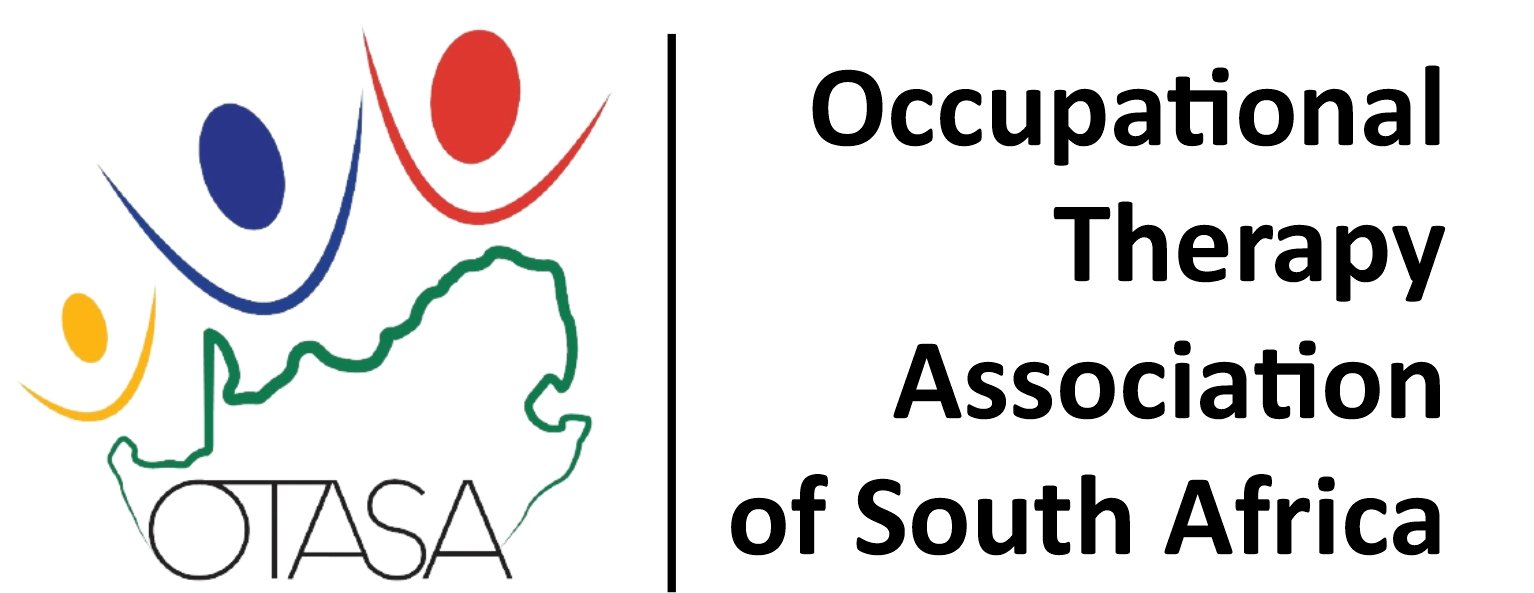Occupational therapy student's experience of stress and coping
DOI:
https://doi.org/10.17159/2310-3833/2015/v45n3a7Abstract
Background: It is well known that tertiary education is highly stressful for students, particularly in the medical and health science fields. Studies have indicated that occupational therapy students are no exception, experiencing stressors in many areas of their life.
Objective: This study explored the sources of stress & coping mechanisms employed by all levels of undergraduate occupational therapy students within a four-year degree programme at a tertiary institution in South Africa, more specifically to determine the types and frequency of stressors and coping styles employed.
Method: A descriptive survey design was utilised using a demographic and stress survey and a standardised coping questionnaire. 101 undergraduate students enrolled for the year under review were selected via saturation sampling of which 99 formed the sample. Participants ranged between 17-28 years of age, the majority of which were English speaking females.
Results and Conclusions: Amongst first year students, personal stressors were the most significant overall stressor whereas; academic stressors were the most highly ranked stressors in the second to fourth year students. Both problem-focused and emotion-focused coping was utilised by students. The results of this study provide a snapshot of a cohort of student's experience of stress and the coping mechanisms employed. This may be a starting point for student support services in identifying the presence of stressors and types of coping in order to explore more deeply the consequences of this on students' overall well-being and performance.
Key words: stress, coping, students, occupational therapy, health science students
Downloads
Downloads
Published
Issue
Section
License
Copyright (c) 2016 South African Journal of Occupational Therapy

This work is licensed under a Creative Commons Attribution-NonCommercial-NoDerivatives 4.0 International License.
How to Cite
- Abstract 27
- PDF 21



.png)